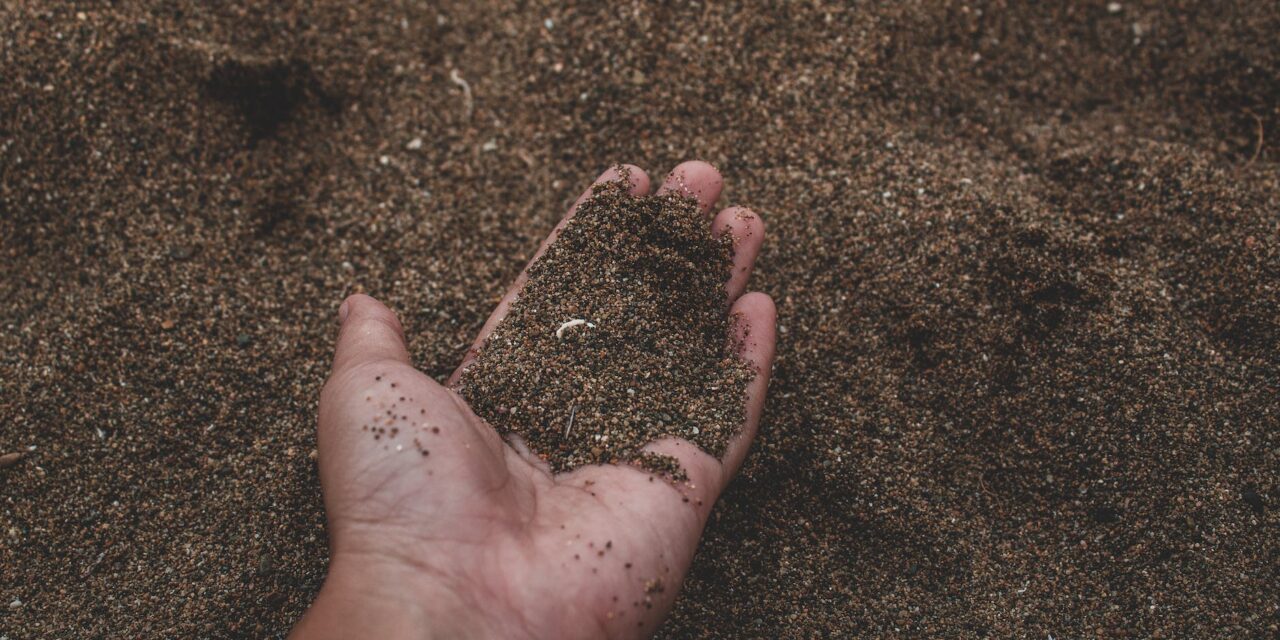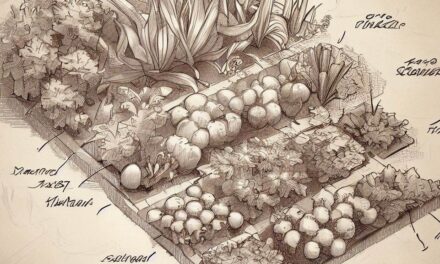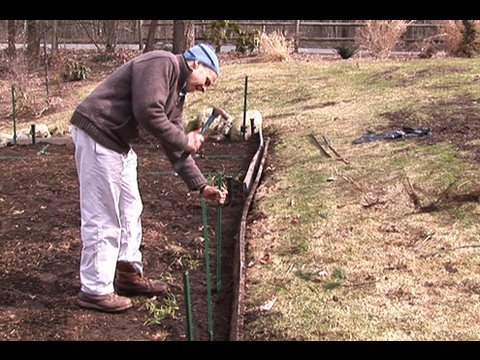Stepping into the world of gardening can feel overwhelming, especially when you’re staring at shelves of soil tests, fertilizers, and various gardening tools. And let’s not forget about those hearty vegetable seeds that promise a garden filled with zesty tomatoes, crunchy carrots, and fresh lettuce. But, guess what? It all starts with the soil. So, in the spirit of creating a robust vegetable garden, we’re diving into the nitty-gritty of preparing soil for a vegetable garden.

Preparing Soil for a Vegetable Garden
Your garden soil is more than just dirt; it’s a complex ecosystem teeming with life, from microorganisms to earthworms. The soil’s characteristics directly impact the growth, health, and yield of your plants. Just like building a house, you need a strong foundation, and in the case of a vegetable garden, this foundation is the soil.
Test Soil pH and Nutrient Levels
Wondering what on earth pH is? Well, it’s all about the acidity or alkalinity of your soil. This tiny number can make a massive difference in your garden’s productivity. A soil pH Meter can quickly help you ascertain the pH levels, and they’re readily available online or at your local nursery.
Why Test Soil?
- Nutrient Absorption: Different vegetables prefer different pH levels for optimal nutrient absorption.
- Disease Resistance: Balanced pH levels can help your plants fight off diseases.
Testing for nutrients like Nitrogen, Phosphorous, and Potassium can also give you valuable insights. You can find soil test kits that measure these nutrients, and they’re incredibly user-friendly.
Determine Soil Type
Much like a detective, you’ll want to get to know the characteristics of your garden’s soil. Common types include:
- Sandy Soil: Quick to dry and typically acidic.
- Silt Soil: Retains moisture but has poor drainage.
- Clay Soil: Nutrient-rich but can become easily compacted.
- Loamy Soil: The Goldilocks of soils—just right.
- Peat soil: is dark in color, rich in organic material, and highly water absorbent.
- Chalk soil: is alkaline in nature and is usually stony, free-draining.
Each soil type has its own set of challenges and advantages. You might find sandy soil in one part of your garden and clay in another, so understanding these types can help you tailor your gardening strategies.
Understanding Soil Types and Their Characteristics
Sandy Soil
- Pros: Excellent drainage and easy to work with.
- Cons: Low in nutrients and needs frequent watering.

Silt Soil
- Pros: Retains moisture and is rich in nutrients.
- Cons: Poor drainage and can become compacted easily.
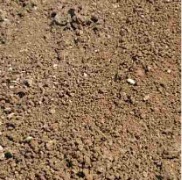
Clay Soil
- Pros: Nutrient-rich and good moisture retention.
- Cons: Poor drainage and hard to work with.
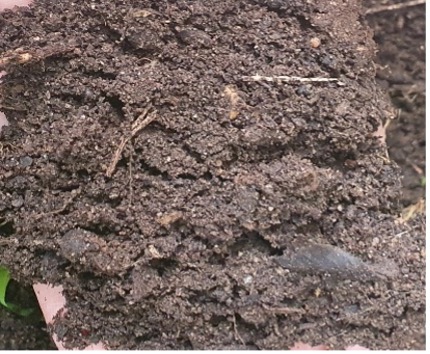
Loamy Soil
- Pros: Balanced nutrient levels, good drainage, and easy to work with.
- Cons: Honestly, there aren’t many cons; it’s the ideal soil for most gardens!

Peat soil
Pros: High water retention, rich in organic nutrients, acidic, ideal for acid-loving plants
Cons: Poor aeration, heavy and can be challenging to work with, can be too acidic for some plants
If your garden has peat soil, you may need to lighten it with sand or compost for better drainage and aeration. Lime can be added to raise the pH level if necessary. Because of its high water retention, be cautious with watering schedules.
Chalk
Pros: Well-drained, warms up quickly in spring, suitable for many types of vegetation
Cons: Nutrient-poor, may require additional fertilizers, alkaline pH can be unsuitable for acid-loving plants
For gardens with chalky soil, consider adding compost and organic matter to improve its fertility and water retention. Acid-loving plants may struggle in this type of soil, so it’s better to go for plants that prefer an alkaline environment. You may also need to add fertilizers rich in nutrients that chalk soil often lacks, like magnesium and potassium.
Adding Compost, Organic Matter, and Soil Amendments
So you’ve done your tests, and you know your soil type. What next? It’s time for a soil makeover!
Why Add Compost and Organic Matter?
- Nutrient Boost: Compost provides essential nutrients your plants will love.
- Moisture Retention: Organic matter can help your soil retain just the right amount of moisture.
- Microorganism Party: Adding compost introduces beneficial microorganisms that help break down organic matter into nutrients.
How to Add Organic Matter
- Choose Your Organic Matter: From kitchen waste to fallen leaves or store-bought compost, you have plenty of options.
- Mix It Up: Use a shovel or hoe to mix the organic matter into your soil.
- Layering: You can also add a layer of organic matter on top of the soil as mulch.
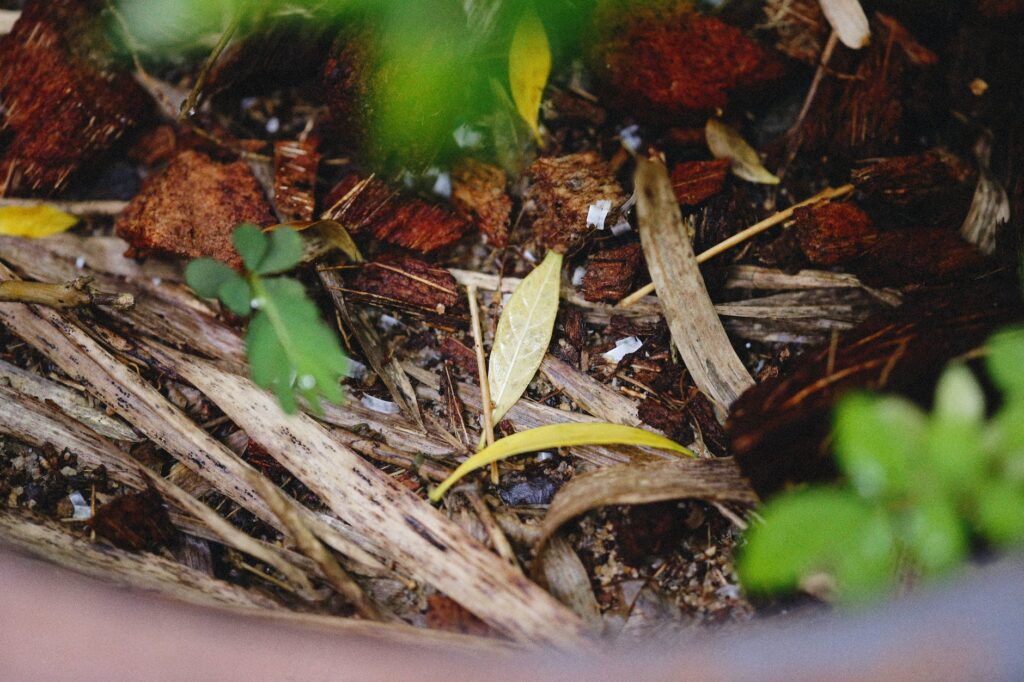
Soil Amendments for Specific Needs
If your soil needs a more targeted approach, consider these soil amendments:
- Lime: To raise pH levels in acidic soil.
- Sulfur: To lower pH levels in alkaline soil.
- Bone Meal: For a phosphorus boost.
- Blood Meal: To increase nitrogen levels.
Wrapping It Up: Soil Prep for Success
Understanding and preparing soil for a vegetable garden might sound like a chore, but it’s a labor of love. So whether you’re dreaming of vine-ripened tomatoes or fields of green lettuce, it all starts with the soil. Take the time to understand it, test it, and treat it right. Your plants—and your dinner plate—will thank you.
Now, are you ready to dig in?


